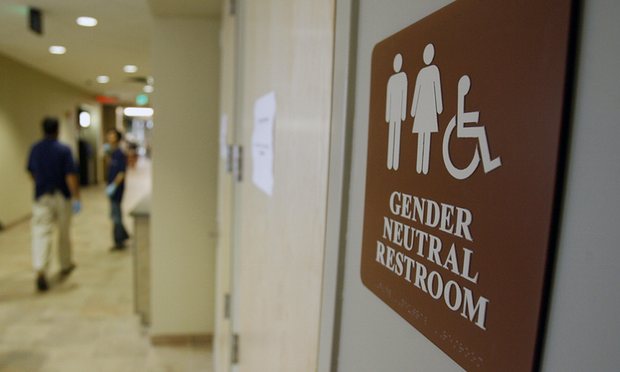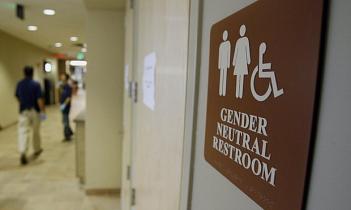Transgendered Bathrooms and Society
The topic of people who identify as transgender has become increasingly popular within the past few years. In a 2011 report, the William’s Institute estimated that 0.3% of adults in the United States – more than 1 in 350 – were transgender.1 As an automatic repercussion, there has been controversy around the everyday task of using the bathroom. As a society we flaunt how accepting we are towards this subject, but in reality when face-to-face we turn to discrimination. Transgender people want to be able to feel safe and comfortable in daily life, not be the victim of violence and abuse, and be accepted as part of and equal to the rest of society.
Many people have expressed their concerns and aggression about transgender women entering the women’s bathroom and transgender males using the men’s bathroom. Some people are closed-minded and do not see these people as the way they identify themselves. As a result, transgender people face extensive amounts of hate and abuse from carrying out a simple biological function.
These people are being oppressed, beaten and harassed, both physically and verbally, for expressing to the world their true identity. Structural violence is preventing these people from carrying out the basic biological function that is using the bathroom. I consider these events to be childish. I understand that it could be an uncomfortable experience for many people, but there are other ways to go about approaching this type of situation. If you happen to walk into a bathroom at the same time as a transgender person, you could very simply walk out and wait for them to finish. Another solution is using non-aggressive words to get your point across. They are regular human beings and want people to realize that and view them as part of society.
The rising concern around this issue also stems from the absence of validation that transgender people are who they say they are. I understand the uneasiness of transgender people using the same bathroom as others in this case because there is no way of verifying that these people are transgender or simply people trying to get in to the opposite sex bathroom.
The ideal solution was the introduction of transgender bathrooms. This would reduce violence and harassment towards them, and make them feel safe and comfortable in a daily activity, but it does not address the last aspect of how they want to be perceived; accepted as part of and equal to society. The ability to be acknowledged as an equal individual who belongs in society, in my opinion, is made worse. This adds to their already existing separation from society. It is dehumanizing knowing that you have to be separated from the rest of society in the simplest of functions because people are afraid and uncomfortable around you. Instead of completely segregating them, they should still be allowed in the bathrooms they identify as and make accommodations in the existing male and female bathrooms. I propose having half of the stalls dedicated to transgender people and the other half non-transgender people in the similar way that we have handicap stalls. The two different stalls would be separated by either a wall of sinks in order to prevent the issue of either group being able to see over or under stalls.
Social forces such as media are behind this controversial way of thinking and discriminating against these people. We tend to focus on what happened biologically that makes people feel they are born the wrong gender instead of understanding and then helping them feel more comfortable in their own skin. The government, which contains most power and therefore has more of an influence, should be working in favour of all of their citizens and not marginalizing some. To this end, the government of Canada has recently developed Bill C-279 which proposes the addition of “gender identity” as a “prohibited ground of discrimination” in the Canadian Human Rights Act and as an “identifiable group” in the criminal code definition of hate crimes. 2
Transgender issues are very common in modern days and we as a society must realize that in order to prevent them from being the subject of structural violence.
Written by: S. De Caro
Comments
There are 0 comments on this post













